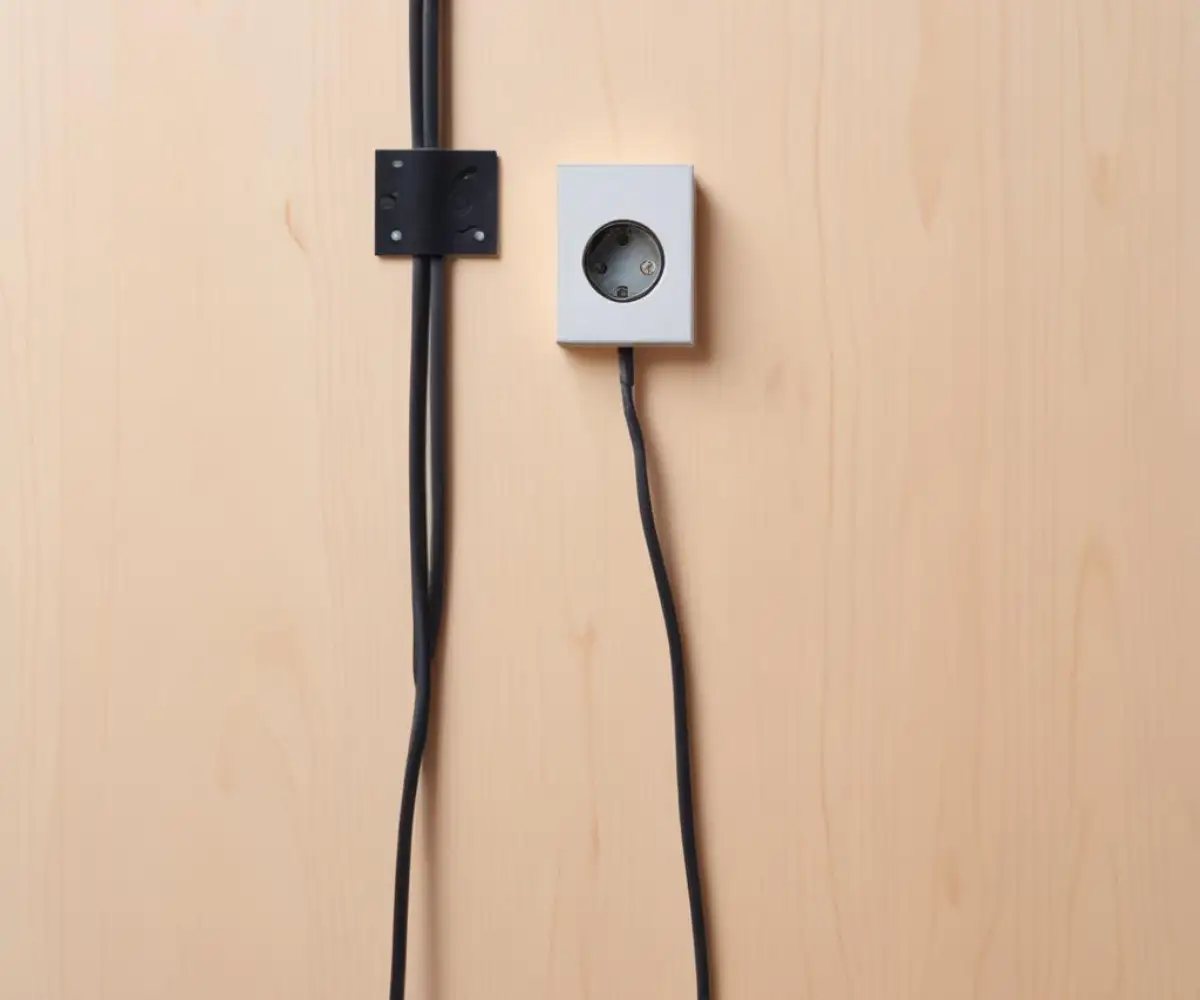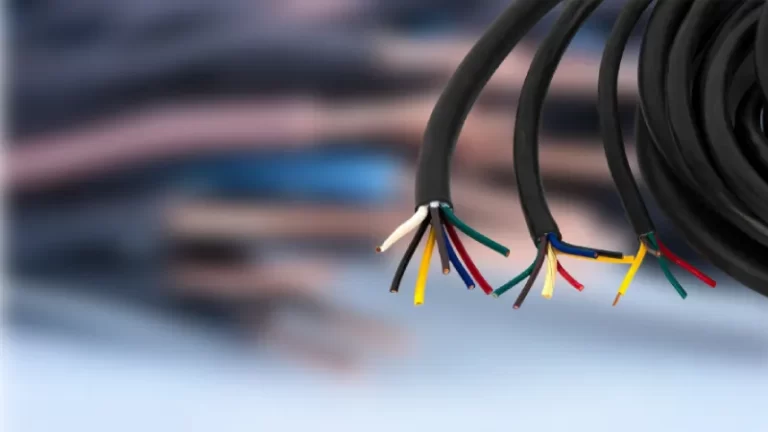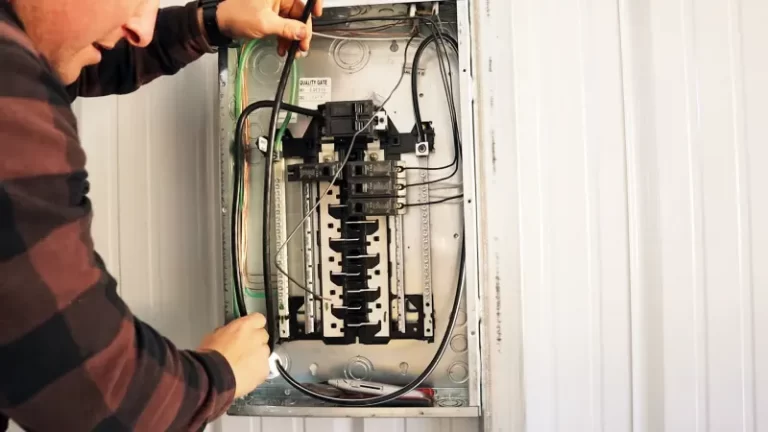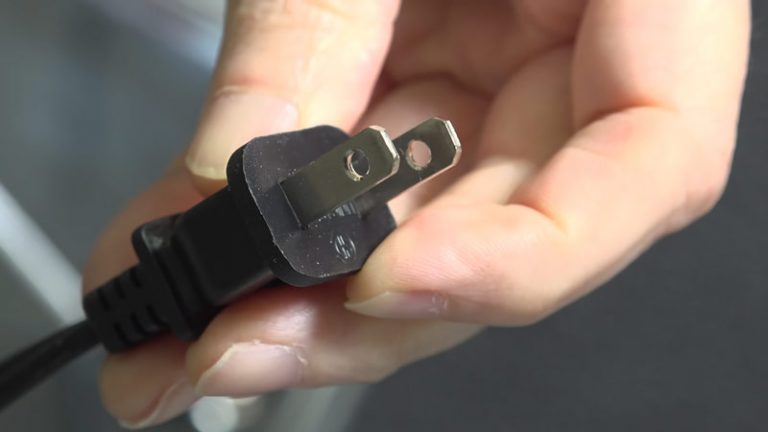Should I Run Coax in a New House? The Ultimate 2021 Verdict
You’re building your dream home. The walls are open, the studs are exposed, and you have a golden opportunity to plan for the future of technology within your walls. But a nagging question arises: in an age of Wi-Fi 6, 5G, and fiber optics, does it still make sense to run traditional coaxial cable?
It’s a critical decision that pits old-school reliability against the promise of a wireless future. Making the wrong choice now could lead to expensive retrofitting or frustrating connectivity issues down the road.
You'll Learn About
Is Coaxial Cable Truly Obsolete?
The conversation around home networking has shifted dramatically towards wireless and Ethernet solutions. However, declaring coax cable obsolete is a premature and potentially costly assumption. While its role has evolved, it remains a vital component of a truly future-proofed home.
Many homeowners mistakenly believe that if they have fiber internet coming to the house, or a powerful Wi-Fi system, coax is unnecessary. This overlooks several key functions where coax still provides superior performance and reliability.
Beyond the Obvious: Where Coax Still Reigns Supreme
While streaming services have taken over, the need for stable, high-bandwidth connections has never been greater. Coaxial cable provides a dedicated, shielded line that is less susceptible to the interference and congestion that can plague even the most advanced Wi-Fi networks. It remains the backbone for many high-speed internet providers delivering services via DOCSIS technology.
Furthermore, coax is essential for Over-the-Air (OTA) antennas, which provide free, uncompressed high-definition local channels. It is also the foundation for MoCA (Multimedia over Coax Alliance) networks, a powerful but often overlooked technology that can create a gigabit-speed wired network using your home’s existing coax wiring.

The Secret Weapon: Creating a MoCA Network
Imagine having the speed and stability of a wired Ethernet connection in a room without an Ethernet jack. MoCA adapters turn your coaxial outlets into a high-speed, low-latency network backbone. This is perfect for connecting stationary, high-demand devices like gaming consoles, 4K smart TVs, and desktop computers.
By using MoCA, you can significantly reduce the traffic and congestion on your Wi-Fi network. This allows your wireless devices, like phones and tablets, to perform better while your critical devices enjoy a rock-solid wired connection.
Coax vs. The Contenders: Ethernet and Fiber
To make an informed decision, it’s crucial to understand how coax fits into the broader ecosystem of home networking. A modern, well-planned home shouldn’t rely on a single technology but should instead integrate the strengths of each for a comprehensive solution. This is the core principle of structured wiring.
The ideal time to install this infrastructure is during the construction phase when walls are open and access is easy. Trying to retrofit these cables later is significantly more difficult and expensive.
The Modern Standard: A Hybrid Wiring Approach
The most effective strategy for a new home is not to choose one cable over the other, but to run them in tandem. Professional installers recommend running at least one RG6 coaxial cable and two Cat6a Ethernet cables to every key location in the house. This “home run” approach, where each cable runs directly back to a central wiring panel, provides maximum flexibility.
This hybrid system ensures you are prepared for any current or future technology. You can support a cable modem, a fiber ONT, satellite TV, OTA antennas, a robust local network, and powerful wired access points for flawless Wi-Fi coverage.
Here is a breakdown of how these technologies compare:
| Technology | Primary Use Cases | Maximum Speed | Cost During Construction | Future-Proofing Score |
|---|---|---|---|---|
| Coaxial (RG6) | Cable Internet (DOCSIS), Satellite TV, OTA Antenna, MoCA Networking | Up to 10 Gbps (DOCSIS 4.0) | Low | 7/10 |
| Ethernet (Cat6a) | Local Area Network (LAN), PoE Devices (Cameras, APs), Wired Internet | 10 Gbps | Low | 9/10 |
| Fiber Optic | Fiber-to-the-Home (FTTH) Internet, Ultra-High-Speed LAN | 100+ Gbps | High | 10/10 |
Strategic Installation: Wiring Your New Home Correctly
Simply deciding to run coax is only half the battle; proper planning and installation are critical for performance and reliability. The time to do this is when the house is just a frame, a process known as pre-wiring.
Thoughtful placement of outlets and adherence to best practices will ensure your home’s nervous system is robust and ready for decades of technological advancement. Skipping this step is one of the most common regrets of new homeowners.
Creating a Connectivity Blueprint
Before a single cable is pulled, map out the locations for all your outlets. Think about how you will use each room now and in the future. Essential locations for both coax and Ethernet drops include:
- Living/Family Room: Place drops on multiple walls to accommodate different furniture layouts.
- Home Office: This is a critical hub for reliable connectivity.
- Bedrooms: Every bedroom should have at least one drop.
- Media Room/Basement: Plan for multiple connections for AV equipment.
- Attic: A coax run to the attic is perfect for a future OTA antenna installation.
- Network Hub: Designate a central closet or utility room for your structured wiring panel, where all cables will terminate.
The Cardinal Rule: Avoiding Electrical Interference
One of the most critical aspects of low-voltage wiring is keeping it separate from high-voltage electrical wires. When run in parallel, electrical cables can induce interference in coaxial and Ethernet lines, degrading signal quality and performance.
Always maintain at least 12 inches of separation between low-voltage and high-voltage cables. When they must cross, they should do so at a 90-degree angle to minimize interference. For more detailed guidance, understanding if you can run coax next to electrical wires is crucial for a safe and effective installation.
The Cost vs. Benefit Analysis
It’s easy to get focused on the immediate costs of construction, but wiring is an investment that pays dividends for the life of the home. The cost to add coax and Ethernet during the build is marginal, often just the price of the cable and a small amount of labor.
In contrast, the cost to retrofit these cables after the drywall is up can be 10 times higher. It involves cutting holes, fishing wires, patching drywall, and repainting. The small upfront investment is a clear winner.
Boosting Resale Value and Appeal
A well-wired home is a significant selling point in today’s market. Tech-savvy buyers look for homes that are “smart-home ready” and “future-proofed.” A structured wiring system with both coax and Ethernet is a tangible feature that demonstrates quality construction and foresight.
It signals that the home is ready for high-speed internet, robust Wi-Fi, and any entertainment setup the new owner can imagine. This can make your home more attractive and potentially increase its resale value.
The Final Verdict: An Emphatic “Yes”
So, should you run coax in a new house in 2021 and beyond? The answer is an unequivocal yes. While the way we use technology is changing, the fundamental need for reliable, high-speed connectivity is not.
Running coaxial cable, alongside Cat6a Ethernet, is the single best way to future-proof your new home’s technological infrastructure. It provides flexibility, reliability, and options. Whether for your primary internet connection, a powerful MoCA network, or an OTA antenna, coax remains a valuable and relevant player in home networking. The minimal cost during construction is a small price to pay for decades of connectivity peace of mind.
Frequently Asked Questions
Is it still necessary to run coaxial cable in a new house?
While many homes are shifting towards streaming services, running coaxial cable is still recommended. It provides a reliable connection for cable and satellite television, as well as for cable internet providers. Having coax professionally installed during construction is significantly easier and more cost-effective than trying to add it later.
What are the main uses for coaxial cable in a modern home?
Coaxial cables are primarily used for transmitting signals for cable television and satellite services to various rooms in a house. They are also essential for connecting to the internet if you have a cable internet service provider. Additionally, some home security systems may utilize coaxial cables for connecting cameras.
Should I prioritize running Ethernet or coaxial cable?
For internet connectivity and future-proofing your home, running Ethernet (like Cat6) is generally considered more critical. However, the ideal approach in new construction is to run both Ethernet and coaxial cables to key locations. This provides the most flexibility for current and future technology needs.
If I primarily stream content, do I still need coaxial cable?
Even if you mainly stream, it’s wise to install coaxial cable. Future owners of your home may have different preferences and rely on cable or satellite TV. Additionally, your internet service options might be limited to a cable provider, which would require a coaxial connection.
Can I use coaxial cable for anything other than TV and internet?
Yes, with MoCA (Multimedia over Coax Alliance) adapters, you can create a high-speed wired network using your existing coaxial wiring. This can be a good option for extending your network to areas with poor Wi-Fi coverage. However, a direct Ethernet connection generally offers better performance.



